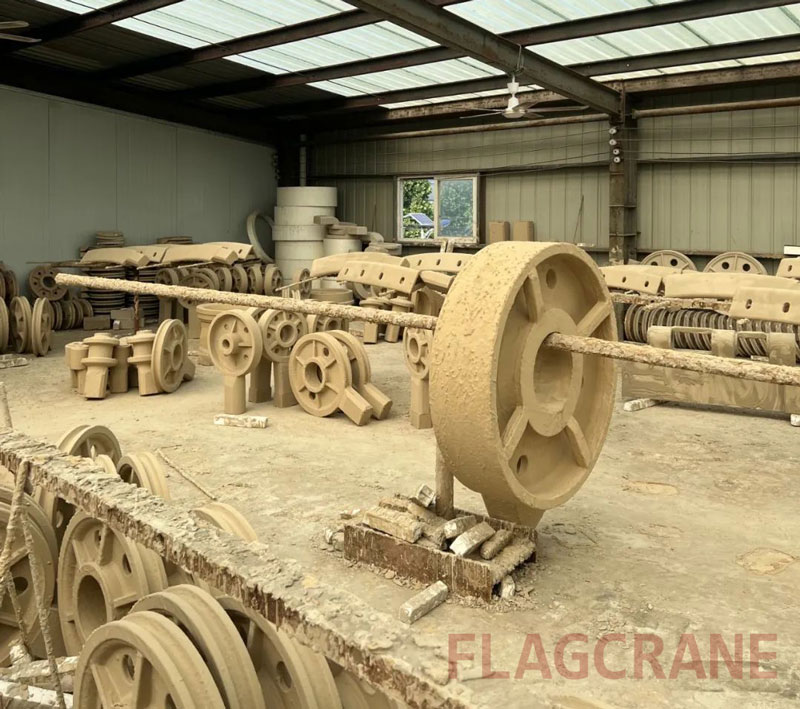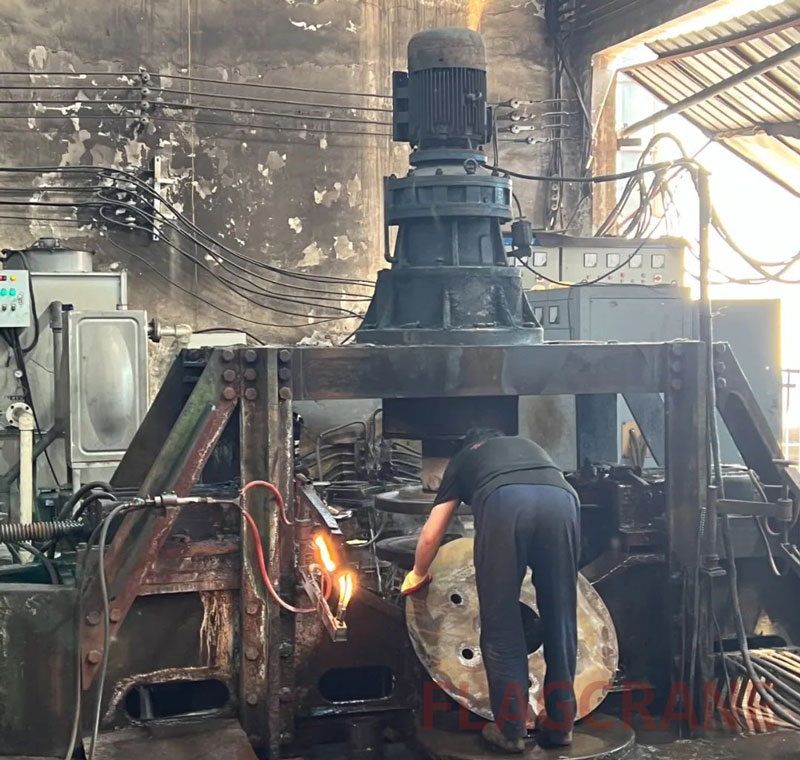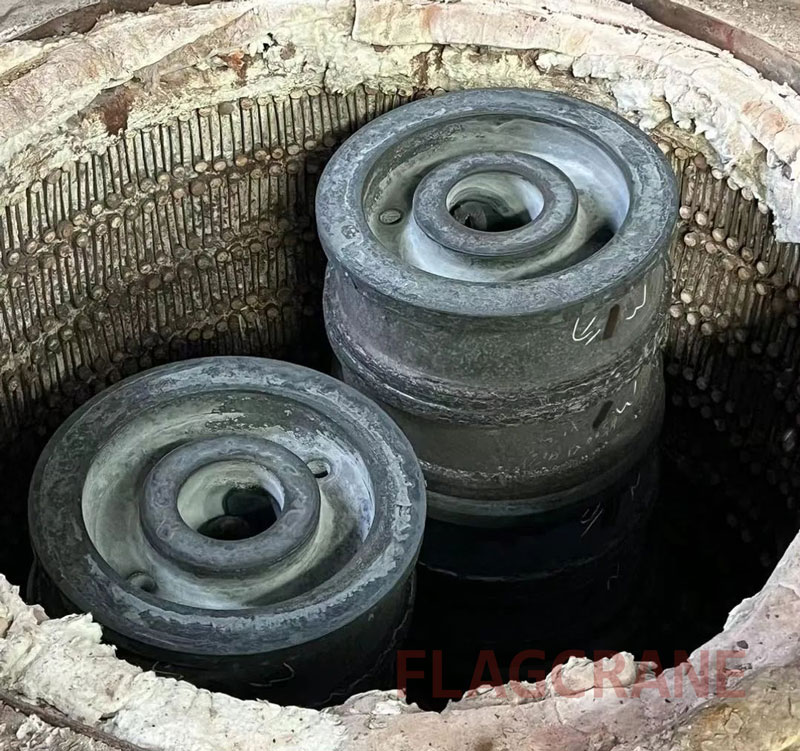What is a crane wheel?
The composition of the crane wheel: The function of the crane wheel tread is to support the weight of the crane and make it run. Depending on the use position of the crane wheel and the on-site working conditions, the crane wheel is set with double rims, single rims or no rims.
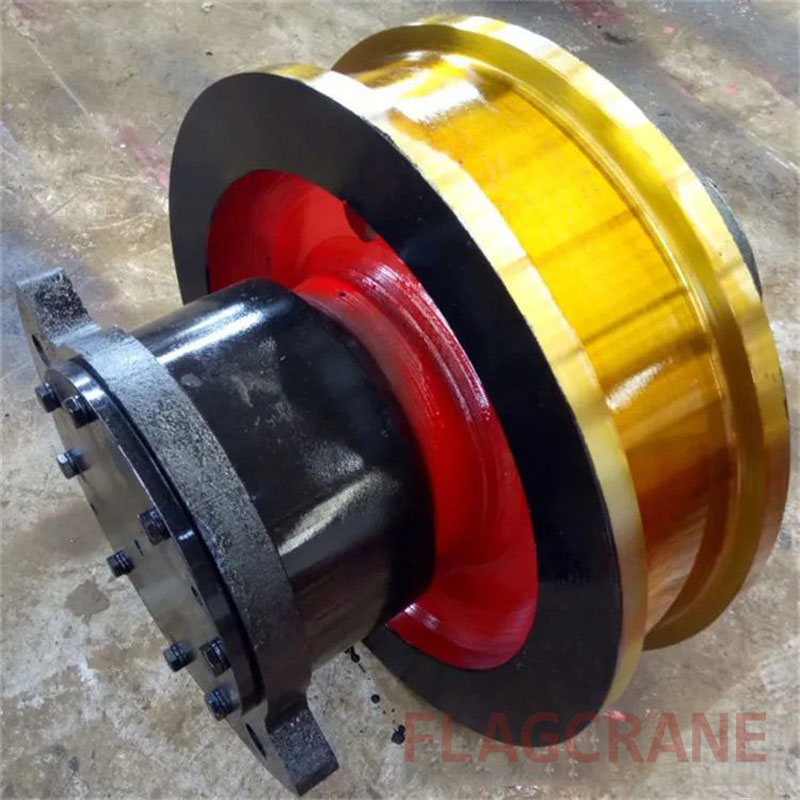
The composition of the crane wheel group mainly includes: wheel body, wheel axle, bearing, bearing box, etc.
The function of the crane wheel: The wheel is an important walking part of the crane. It has the functions of bearing weight, moving guide, buffering and shock absorption, and maintaining balance. It has long-term friction with the track and needs to have good wear resistance.
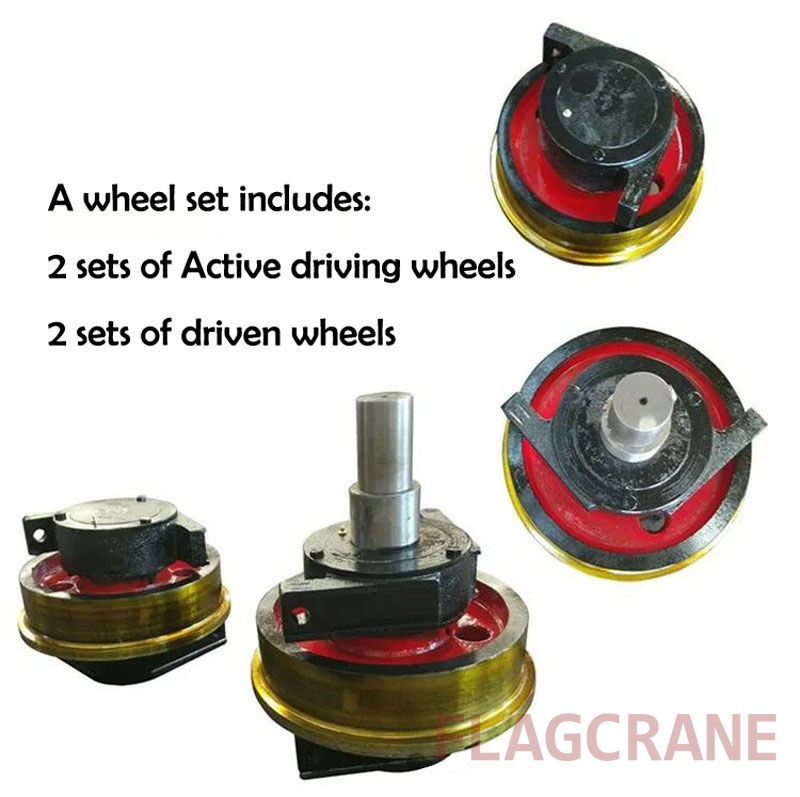
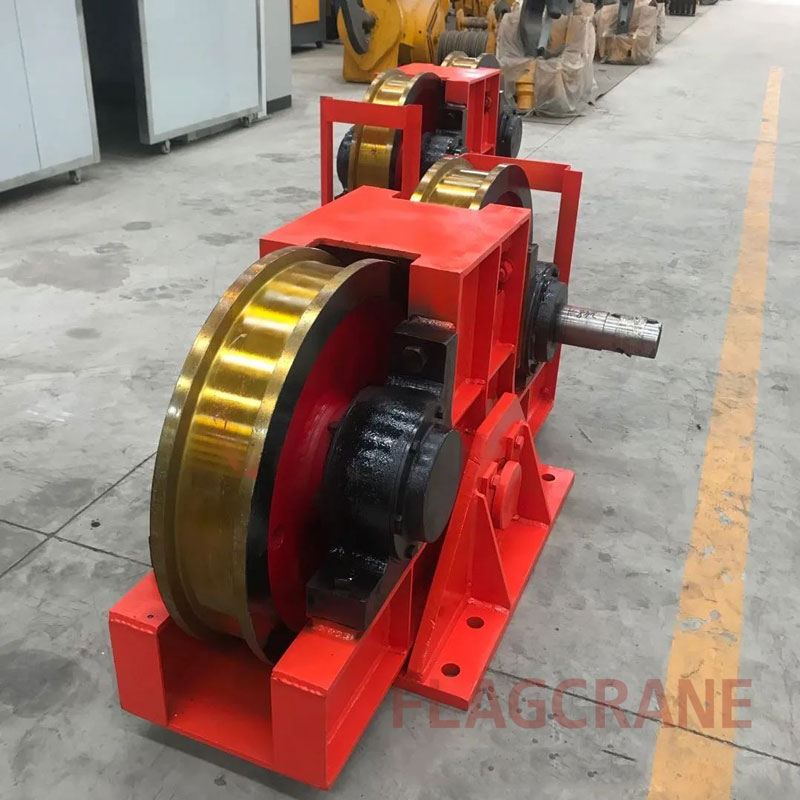
Advantages of crane wheels
1. Strong carrying capacity, able to withstand the huge weight of the crane and the heavy objects it transports, ensuring safe and stable operation.
2. Good wear resistance, can maintain good shape and performance during long-term use, reduce replacement frequency, and reduce costs.
3. Smooth operation, making the crane smooth and smooth during movement, helping to ensure the accuracy and safety of the lifting operation.
4. Adapt to a variety of working conditions, with a solid and reliable structure, safe and durable.
Materials of crane wheels:
1. Common materials for cast wheels: ZG45#, ZG55#, ZG50SiMn, ZG50MnMo, ZG42CrMo, etc.
2. Materials for forged wheels: 45#, 60#, 40Cr, 65Mn, 42CrMo, etc.
About the process of manufacturing crane wheels
1. Heat treatment method: Heat treatment is divided into surface quenching treatment and overall quenching and tempering treatment according to different product styles and usage methods.
2. Advantages of forging process:
a. The structure is dense, and forging can make the metal fiber continuous, with better mechanical properties, higher strength and toughness.
b. It is relatively easy to produce large crane wheel sets.
3. Advantages of casting process: The cost is relatively low, especially for the manufacture of some complex shapes. It is more economical.
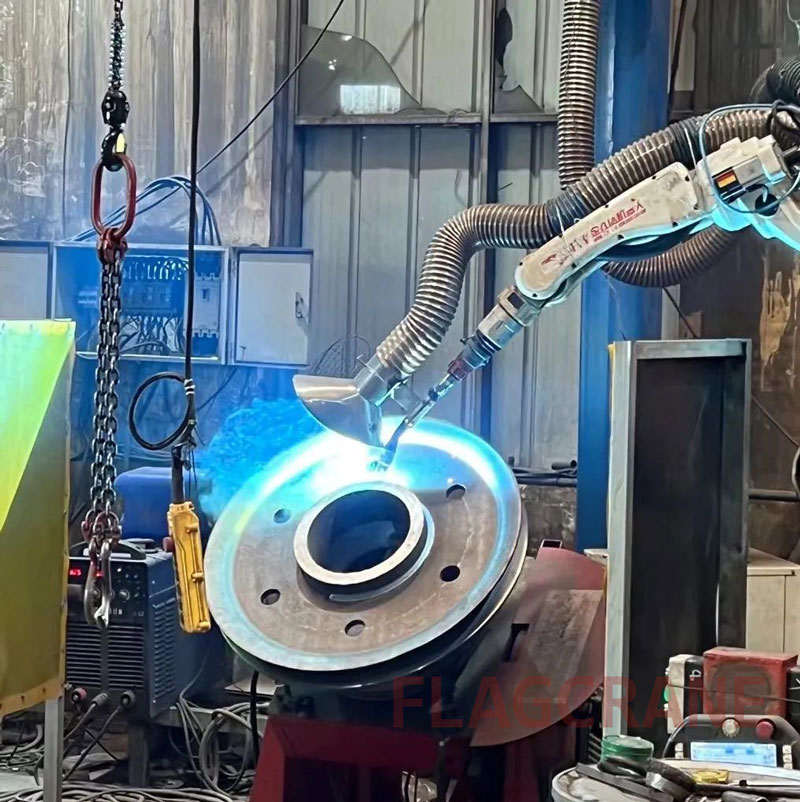
Crane wheel manufacturing process
1. Production of crane wheel blanks (divided into casting blanks and forging blanks): Forging is to apply pressure to the metal to deform it so as to obtain the desired shape and mechanical properties; casting is to pour the molten metal into the mold and wait for it to cool and solidify to form a wheel.
2. Rough processing: Cut the cast wheel to remove its rough appearance and make its surface smooth for subsequent processing.
3. Heat treatment: such as quenching, tempering, etc. to improve its hardness, strength and wear resistance.
4. Finishing: Further processing of the product to make it meet the requirements of the drawing or production process.
5. Insert key into the inner hole of the crane wheel
6. Appearance treatment of the wheel
7. Paint
8. Inspection before delivery
